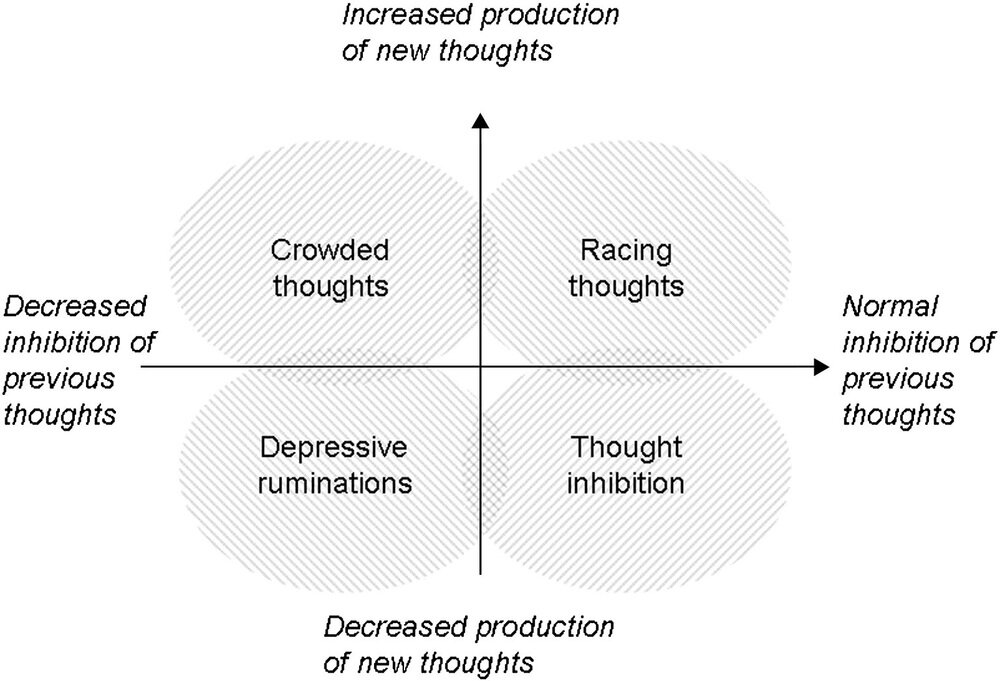David Baxter PhD
Late Founder
I love Joseph Campbell. I watched his PBS series with Bill Moyers years ago and bought the book, The Power of Myth: Joseph Campbell with Bill Moyers. Worth a read.


 getpocket.com
getpocket.com
True although it's really difficult to get started.
Phone call anxiety: why so many of us have it, and how to get over it
If you find phone calls stressful, there are a few things you can do to make it easier.getpocket.com
One of the most effective ways to overcome phone anxiety is to expose yourself to more phone calls. The more you do it, the less overwhelming it becomes. It’s also likely that your phone anxiety is linked to a lack of experience. The more practice you have, the less anxious and more confident you’ll feel.


